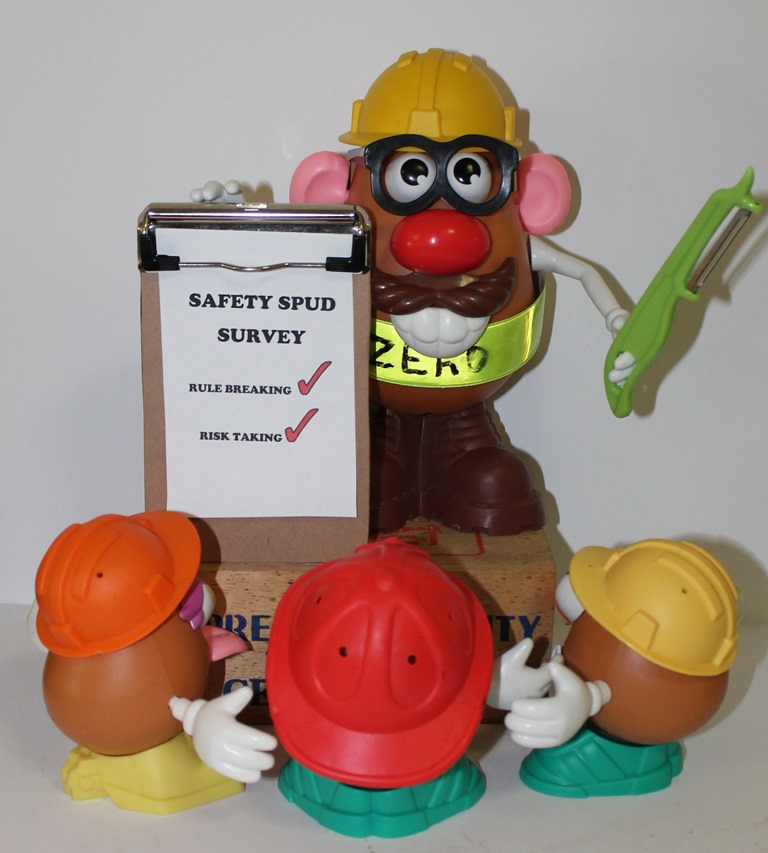The Importance Of Having A Clear-Cut Lifting SWMS Plan In High-Risk Worksites
The average number of work-related injury cases may have gone down considerably in the past years, but unfortunately, many workers, especially those stationed in high-risks sites such as construction and mining areas, still figure in accidents from time to time.
Business owners in the construction industry have the responsibility to strictly follow and implement occupational health and safety standards to fully ensure that all their employees are always safe and well-protected while they are at their working sites. Of course, the reason behind this is to make sure that accidents that can potentially cause injuries are prevented and avoided.
In high-risk working sites such as oil rigs, mines and construction areas, one of the most common injuries that workers face are those that are related to or caused by lifting. Workers who are involved in lifting heavy materials or supplies manually will usually find themselves suffering from back injuries and other forms of physical maladies when they do not follow the correct steps or methods as they carry out these strenuous activities. Employees whose main job is also to lift heavy loads with the help of special machinery and gears may find themselves figuring in some form of mishap as well — or worse, causing an accident that can hurt the other people in the worksite.
That is why it is important for business owners and all people involved in the health and safety department of companies in high-risk industries to have a clear and very thorough lifting SWMS or Safe Work Method Statement in place. It is also imperative that all personnel with jobs that primarily involve lifting (either manually or with the help of some tools and equipment) are familiar with the SWMS plan’s contents, especially the recommended methods and strategies they need to employ while they are carrying out their tasks. And of course, the workers have to strictly follow the instructions and procedures so that any possibility that they and their co-employees will get hurt while they are at work will be prevented (or at the very least, minimised).
A manual lifting SWMS will highlight the importance of always using the proper PPE whenever the employees are at work. The correct and safe techniques for handling and moving the load will also be enumerated in the document. It is also important for workers who are tasked with operating any lifting equipment in the work area such as cranes and hoists to follow the instructions on the SWMS so that they themselves will not be injured or cause any accidents while they are work.
Lifting, whether manually or machine-assisted, is a regular task that will always be part of any high-risk industry. But any injury caused by lifting doesn’t have to be. And with a clear-cut and comprehensive SWMS in place, such accidents and injuries can surely be avoided and prevented.



Do you have any thoughts? Please share them below